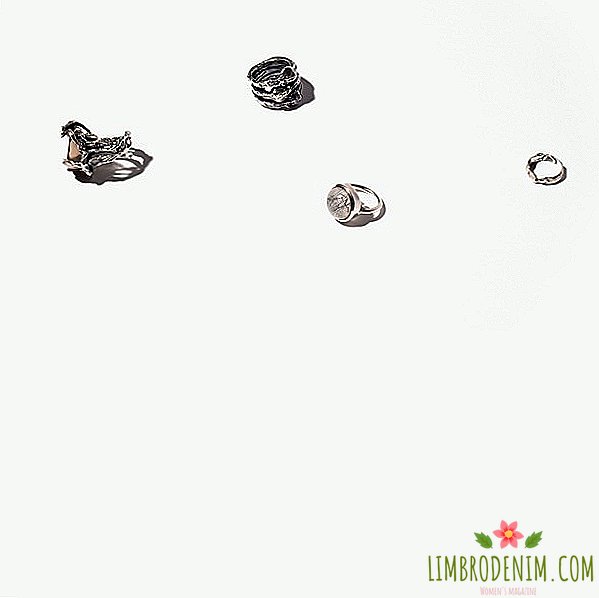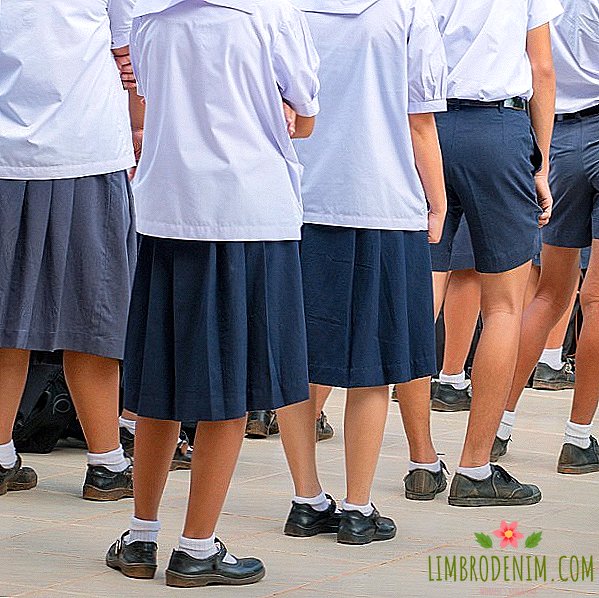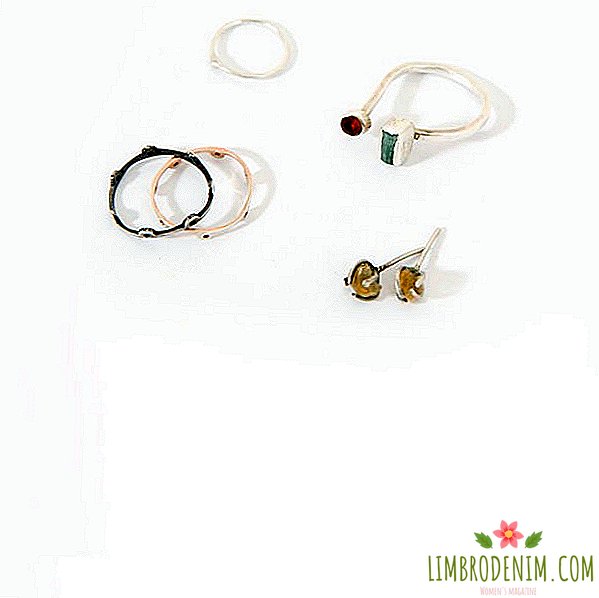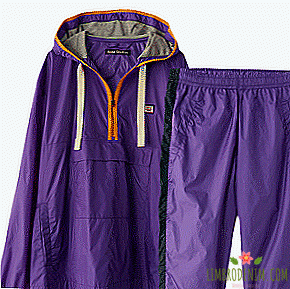Low-heeled shoes: Return of restraint
TELLING ABOUT TRENDS FROM PODIUM which can be adapted for your wardrobe for the next six months. In this issue we understand how low-heeled shoes appeared on all the major shows - from Prada and Miu Miu to Chanel and Céline, and also ranked along with the most current shoes of 2015-2016, the birk stocks and platform shoes.

How it all began
For centuries, people have to make the same difficult choice: whether to wear beautiful and fashionable clothes (but often catastrophically inconvenient) or give preference to comfortable and functional? I had to choose shoes. For example, in the 16th century, shoes were worn on a high platform or small heels, and some even balanced on uncomfortable thirteen-centimeter (and even higher) heels. The agony cost recognition: shoes with heels symbolized prestige and talked about belonging to the higher strata of society. For ordinary people, a high heel was an unaffordable luxury and simply a meaningless uncomfortable thing.
At the beginning of the 20th century, the need for women in a comfortable and practical, but beautiful shoes to match the dresses, opening ankles. The shoes are adorned with glitter and decorative lacing, necessarily on a low heel. In 1954, the French shoemaker Roger Vivier showed for the first time classic pumps with high thin heels, similar to those he produced for Christian Dior. However, it was not immediately to fashion aggressively sexy heels. Women preferred comfort and during the 1950s and 1960s they chose kitten heels, which were often referred to as "heels for training" before putting on high ones.
Pop culture also contributed to the popularity of low heels: remember Audrey Hepburn in Sabrina or a good half of the 60's movie heroes. Since the 70s, the heel has gradually become taller and more elegant, platforms have come into vogue, and designers are competing to show shoes with an even higher heel. Up to the 2010s, there was a trend for beautiful, but uncomfortable shoes: high heels were sexualized in advertising and cinema, and for low ones, the glory of old-fashioned, enjoying the honor of the older generation and children.


How low-heeled shoes are back in fashion
Today, fashion brands are once again challenging the cult of killer heels, offering practical and comfortable shoes, including low-heeled shoes. Designers sing about maturity as one: the style of clothing that is characteristic of the older generation is today one of the main fashion trends. They have been waiting for this for a long time, accusing designers at the same time for worshiping the cult of youth. Today shoes with small heels, personifying practicality and restrained elegance, are back in business. Along with clothing with vintage spirit, which is shown by Alesandro Michele in Gucci, John Galliano in Maison Margiela and Marc Jacobs in the latest collections.
Marks rethink cool classic shape shoes. The most interesting - with a round nose on a steady heel - resemble a dancing model of glove shoes. Such shoes literally "stretch" on the legs, like gloves on the hands. Glove shoes featured in the new season of Céline, Stella McCartney, Lemaire, as well as the brand Martiniano and Maryam Nassir Zadeh. However, decorative kitten heels also didn’t go off: they are in the 2016 collections of Chanel, Céline, Miu Miu, Givenchy, Proenza Schouler and Maison Margiela. Democratic COS, Topshop and & Other Stories immediately responded to the trend with lightning speed and released a small number of low-heel models by this summer.


What to wear with such shoes
Due to its simplicity, shoes with a steady low heel are perfect for unpretentious and concise things. Jeans, crop tops, neat sweaters, plain cotton clothes, shirts, culottes, midi skirts, bags of discreet design are in harmony with a small heel. Best of all, these shoes look paired with midi dresses, straight or flowing, as well as laconic overalls.
As an illustrative example, you can use Instagram stylist, model and designer shoes Marie Giudicelli, which just specializes in low heels. However, the main thing is not to overdo it with the image of a teacher - even Judicelli sometimes goes too far.





